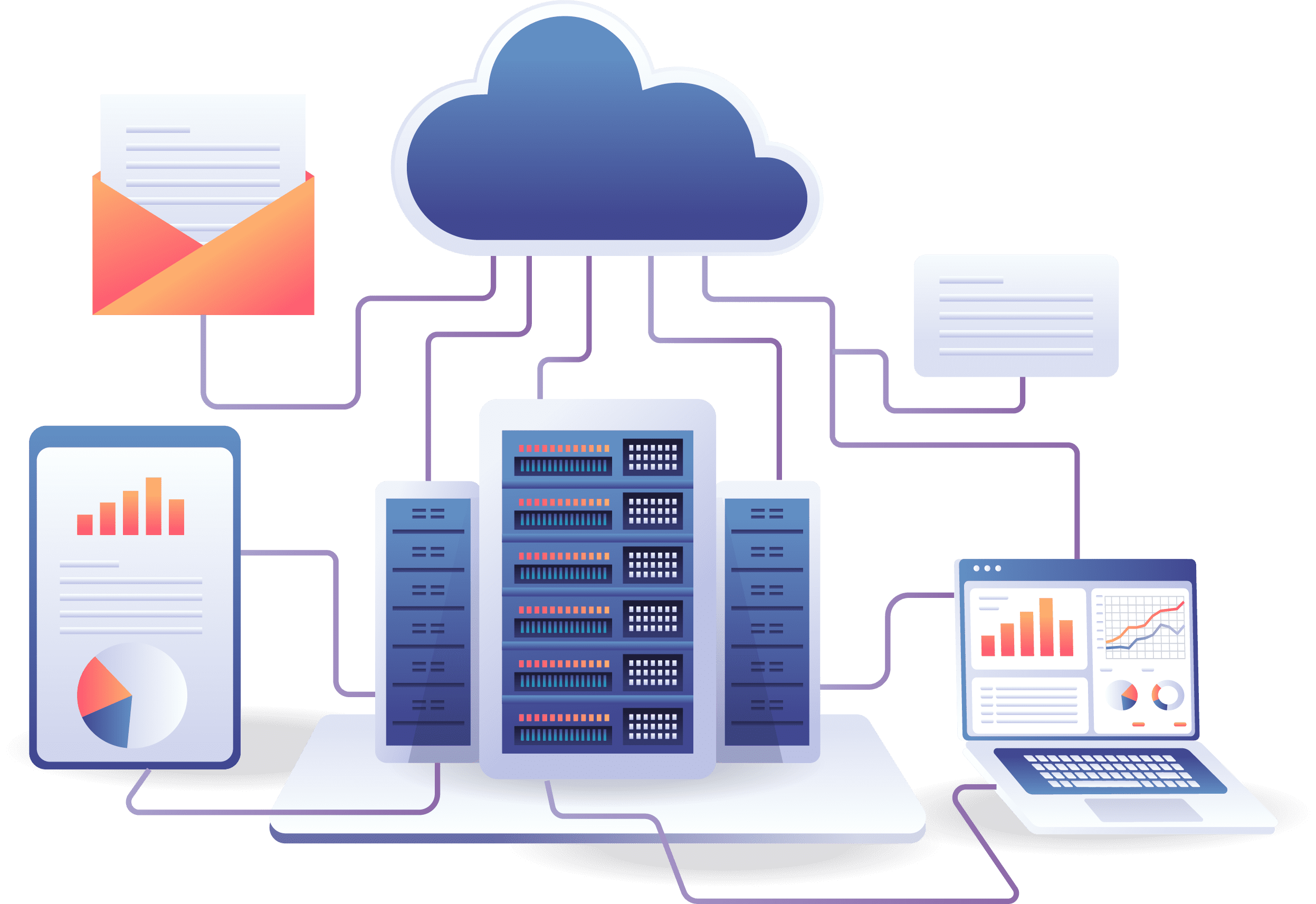Best 20 cyber security final year projects

In a time where cyberattacks and data breaches are common, protecting your project from possible weaknesses is critical. By guiding you through the complexities of cybersecurity, this article will ensure that your final-year project satisfies academic requirements and remains strong in the face of technological problems. This article lists the 20 best cybersecurity final-year projects. These cybersecurity final year projects will help to get good grades in academics.
What is Cyber Security?
Cybersecurity is a combination of technologies, practices, and policies to protect against harm, malware, viruses, hacking, data theft, and unauthorized access to networks, devices, programs, and data. Security of the privacy of all business data against internal and external attacks and natural disaster-related errors is the main objective of cyber security.
1. Secure Mobile App Development Framework
In my list, the first Cyber security final year project is a secure mobile app. It aims to ensure the safety and integrity of mobile applications. This system includes the mobile app source code, user authentication details, and encryption keys. The Secure Mobile App Development Framework utilizes cybersecurity protocols to process and safeguard this data, aiming to create applications resistant to security threats. The Secure Mobile App Development Framework employs cybersecurity measures such as secure coding practices, encryption algorithms, and regular security updates. The system also provides developers with tools for code analysis, vulnerability scanning, and adherence to cybersecurity best practices.

2. Biometric Data Protection
Measuring and examining an individual’s particular behavioral or physical characteristics is called biometrics. Fingerprints, iris patterns, face features, voice patterns, hand geometry, and behavioral patterns like typing and rhythm are some of these characteristics. Since biometrics can identify people with great accuracy by utilizing their unique features, it is mainly used for identification and authentication. Biometrics plays an integral part in cybersecurity by strengthening the security of numerous systems and procedures. Defense-in-depth (layers of protection) can be supported using biometrics for identity identification and multi-factor authentication.
The Biometric Data Protection system utilizes cybersecurity protocols to process, store, and authenticate this data securely to prevent unauthorized access and protect individuals’ privacy.
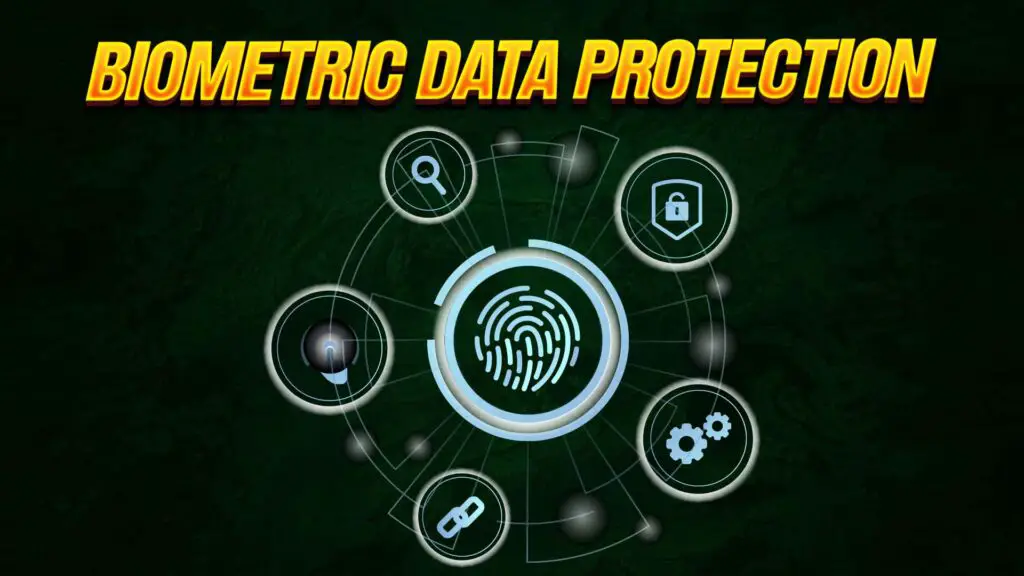
3. Vulnerability Scanning For IoT
Designing an IoT vulnerability scanning system in a cybersecurity-related project involves finding and fixing possible security weaknesses in Internet of Things (IoT) devices. The Vulnerability Scanning System utilizes cybersecurity protocols to assess, analyze, and report on IoT devices’ security posture, aiming to address potential risks proactively.
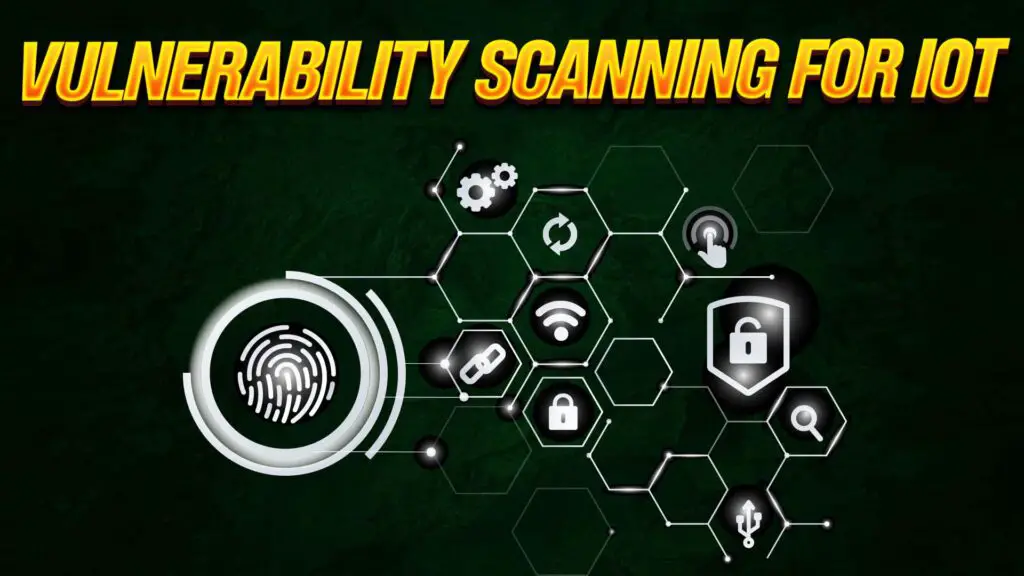
4. Cybersecurity Awareness Training
This project aims to inform and train people about security measures, possible risks, and best practices, which is part of developing a cybersecurity awareness training system for a cybersecurity-related project. The Cybersecurity Awareness Training system utilizes cybersecurity protocols to deliver practical and engaging training sessions to enhance users’ awareness and understanding of cybersecurity principles. The Cybersecurity Awareness Training system employs cybersecurity measures such as secure content delivery, encrypted user data, and authentication protocols to ensure the confidentiality and integrity of training materials.

5. Supply Chain Security Assessment
Creating a Supply Chain Security Assessment system for a cybersecurity-related project involves developing a solution to evaluate and improve the security of the entire supply chain. The Supply Chain Security Assessment system uses cybersecurity protocols to conduct thorough assessments, identify vulnerabilities, and recommend security measures, aiming to strengthen the overall resilience of the supply chain.

6. Ransomware Mitigation Tools
Ransomware Mitigation Tools are suitable for cybersecurity final-year projects. It aims to create a solution to detect, prevent, and respond to ransomware attacks. This system includes real-time data from network activities, endpoint behavior, and threat intelligence feeds. The Ransomware Mitigation Tools utilize cybersecurity protocols to analyze, identify, and neutralize potential ransomware threats to protect systems and data from unauthorized encryption.
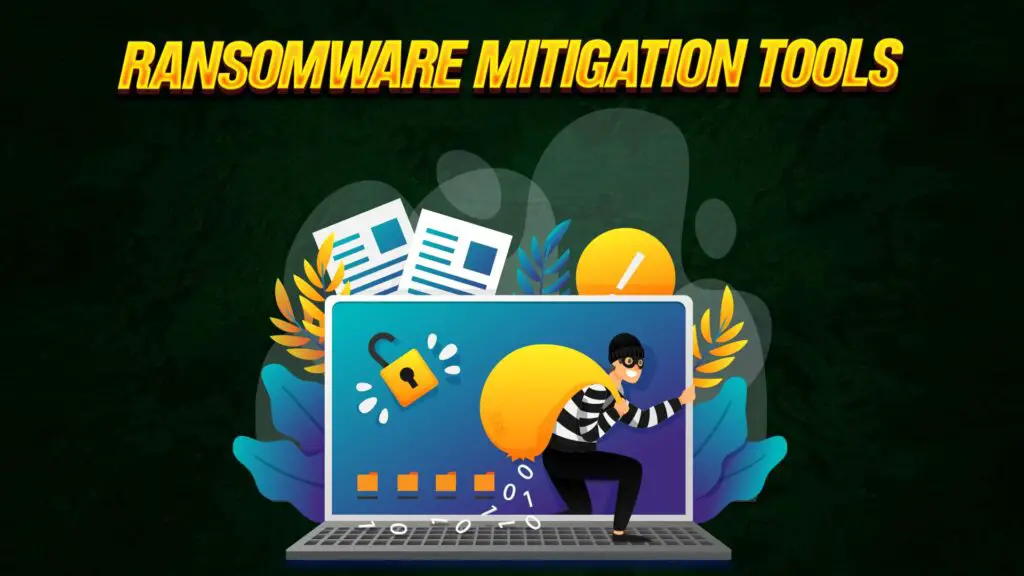
7. Threat Hunting Platform
Threat Hunting Platform for a cybersecurity-related project aims to create a solution to proactively search for and identify potential threats within an organization’s network. Threat hunting, often known as cyber threat hunting, is the proactive practice of examining a company’s network to find and remove dangers. Companies better understand how secure they are and how to strengthen it by doing this.
Cyber threat-hunting technologies create various approaches based on data collected by security analysts and threat intelligence. In addition to using user and entity behavior analytics to monitor and defend the network and operating systems, these cyber threat-hunting tools also use this technology. The Threat Hunting Platform employs cybersecurity measures such as machine learning algorithms, behavior analysis, and secure data storage.

8. Securing Smart Cities
You are securing Smart Cities in a cybersecurity final year to get good marks for the examiner in your final year. This system measures to protect the interconnected systems and data within urban environments. This system includes data from innovative city components like IoT devices, sensors, and infrastructure networks. The Securing Smart Cities system utilizes advanced cybersecurity protocols to assess vulnerabilities, monitor activities, and respond to potential threats, aiming to ensure the integrity and security of innovative city operations.

9. Privacy Preserving Data Analytics
A group of methods known as “privacy-preserving data” enables data analysis without disclosing the identities of the subjects whose data is being examined.
They are creating a Privacy-Preserving Data Analytics system for a cybersecurity-related project to develop a solution that allows organizations to analyze data while protecting individual privacy. The input for this system includes sensitive data sets, user preferences, and analysis requirements. The Privacy-Preserving Data Analytics system utilizes advanced cybersecurity protocols to anonymize, encrypt, and process data, ensuring that personally identifiable information is protected during the analysis process.

10. AI enhanced Cyber Insurance
This project aims to reduce cyber risks for insurance purposes; a solution using artificial intelligence must be developed for a cybersecurity-related project to create an AI-enhanced Cyber Insurance system. The AI-enhanced Cyber Insurance system uses advanced cybersecurity algorithms to analyze risk factors, identify possible dangers, and suggest insurance plans customized to the particular requirements of protected organizations.

11. Federated Learning For Privacy
What is Federated Learning?
This method of machine learning is distributed and involves training a model on multiple devices or servers while maintaining localized data. This maintains data privacy by communicating only model updates, which are relatively less showing rather than sending raw, sensitive data to a central server.
A Federated Learning for Privacy system in a cybersecurity-related project involves creating a solution that enables collaborative machine learning across decentralized devices while maintaining individual privacy. The Federated Learning for Privacy system utilizes advanced cybersecurity techniques to ensure secure and privacy-preserving model training, allowing devices to learn collectively without sharing raw data.

12. Automated Threat Intelligence Sharing
An Automated Threat Intelligence Sharing system for a cybersecurity-related project involves creating a solution to facilitate the automatic exchange of threat intelligence among cybersecurity entities. This system includes threat indicators, incident data, and the sharing preferences of participating organizations. The Automated Threat Intelligence Sharing system utilizes advanced cybersecurity protocols to securely share real-time threat information, enabling rapid responses to coming cyber threats.
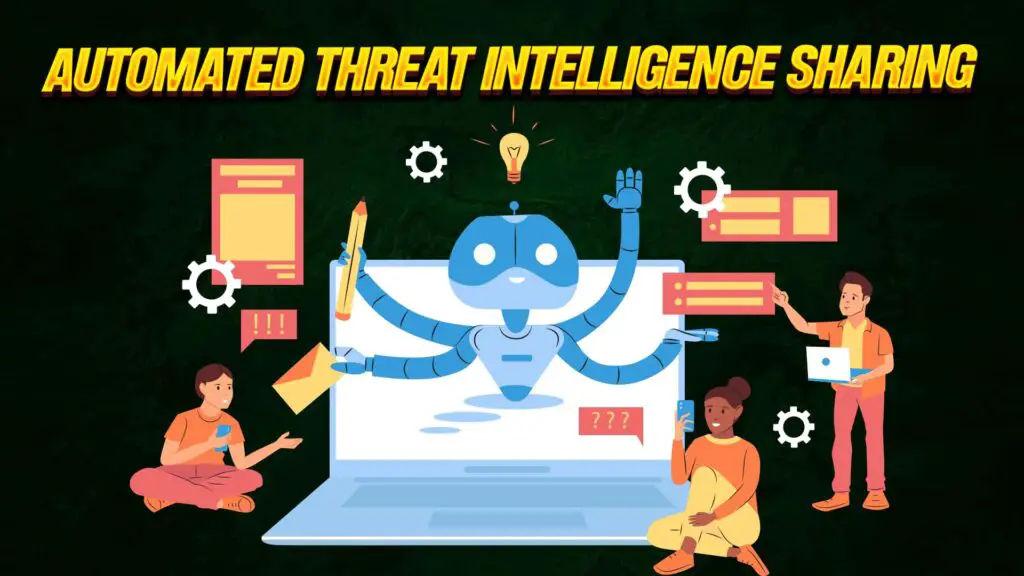
13. Quantum Safe Cryptography
Quantum Safe means to protect data even after a large-scale quantum computer has been constructed; researchers are working to find algorithms that are difficult to attack by both classical and quantum computers.
This project aims to create a solution to secure data and communications against potential threats posed by quantum computers. This system includes cryptographic algorithms, encryption keys, and communication protocols. The Quantum-Safe Cryptography system utilizes advanced cybersecurity techniques to develop encryption methods that are resistant to attacks from quantum computers, ensuring the confidentiality and integrity of sensitive information.

14. Zero Trust Network Architecture
Creating a Zero Trust Network Architecture system for a cybersecurity-related project means developing a security framework that assumes no trust, even for users and devices within the network. This system includes user authentication data, device information, and network access policies. The Zero Trust Network Architecture system utilizes advanced cybersecurity principles to implement strict access controls, continuous monitoring, and least privilege access, ensuring that every user and device is thoroughly verified before being granted access to network resources.
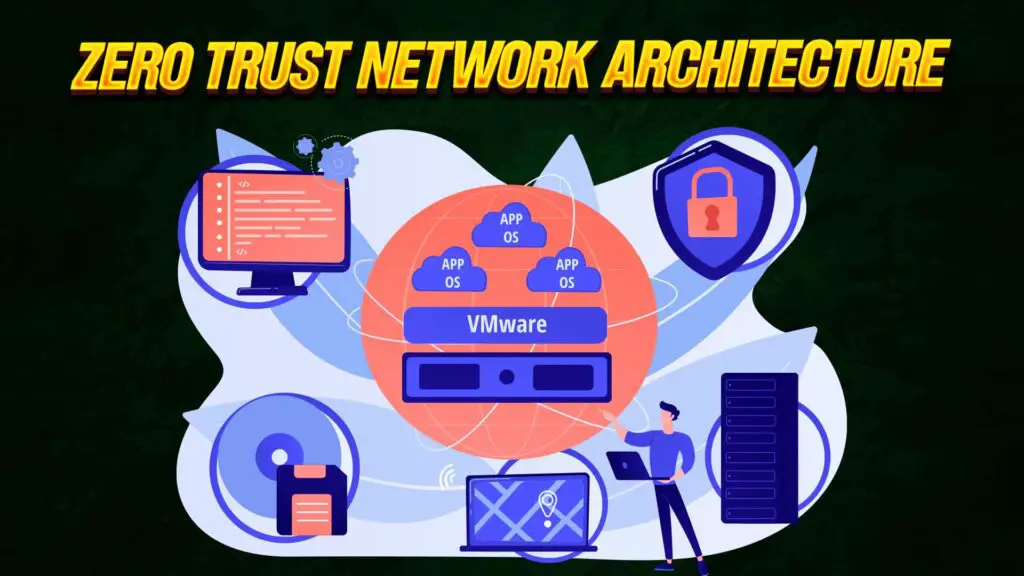
15. IOT Security Framework
An IoT Security Framework for a cybersecurity-related project involves creating a comprehensive solution to secure Internet of Things (IoT) devices and networks. The IoT Security Framework utilizes advanced cybersecurity measures to establish secure communication, implement access controls, and detect and respond to potential threats, ensuring the integrity and privacy of IoT ecosystems. The system also provides administrators with tools for configuring security settings, monitoring device activities, and responding to security incidents.

16. AI- Driven Threat Detection
This final-year cyber security project aims to use artificial intelligence to identify and respond to potential security threats. This system includes data from various sources, such as network logs, endpoint activities, and threat intelligence feeds. The AI-driven threat Detection system employs advanced cybersecurity algorithms to analyze patterns, detect anomalies, and recognize indicators of compromise, improving the organization’s ability to defend against cyber threats proactively.
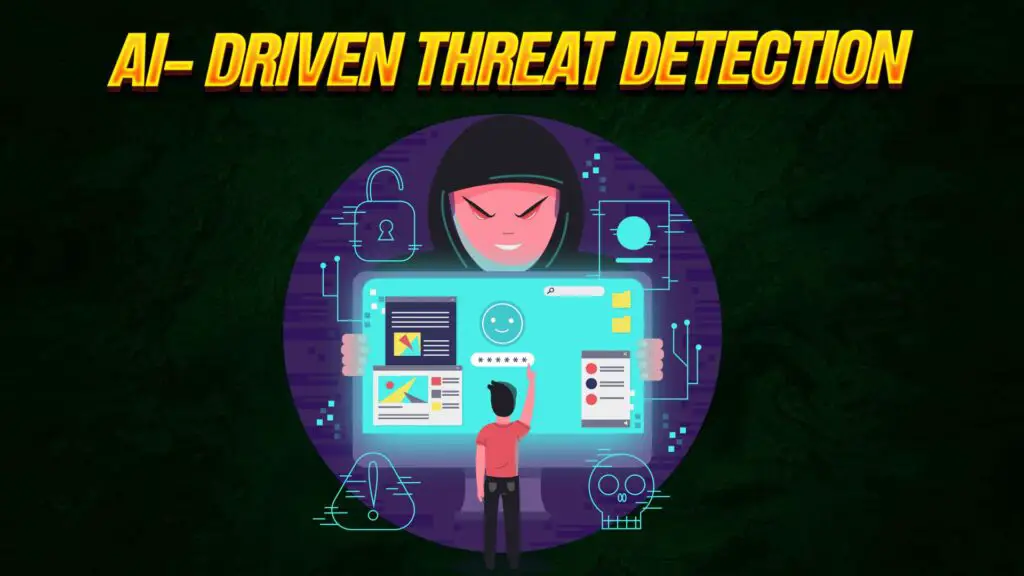
17. Homomorphic Encryption
Homomorphic Encryption is a method that transforms plaintext data into ciphertext or unreadable format. Without decoding the data, users can conduct the necessary calculations on encrypted data without compromising the original format. This project’s homomorphic encryption helps secure data retrieval and search.
A homomorphic Encryption system for a cybersecurity-related project involves creating a solution that allows computations to be performed on encrypted data without decrypting it. The Homomorphic Encryption system utilizes advanced cybersecurity techniques to enable secure data processing while maintaining the confidentiality of the information.

18. Threat Intelligence Feed Aggregator
A Threat Intelligence Feed Aggregator for a cybersecurity-related project involves creating a solution that analyzes threat intelligence data from various sources to provide comprehensive insights into potential cyber threats. The input for this system includes threat feeds, indicators of compromise, and security event data. The Threat Intelligence Feed Aggregator provides cybersecurity experts with actionable information to improve their protective measures by collecting, adjusting, and comparing threat intelligence using robust cybersecurity processes. The system provides administrators with tools for managing threat feeds, customizing aggregation preferences, and receiving real-time alerts on emerging threats.
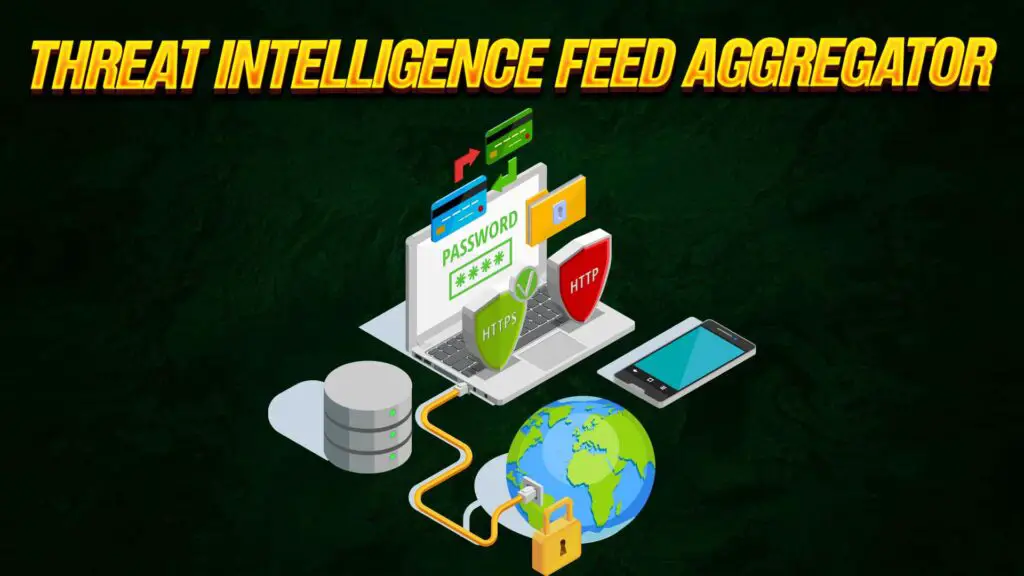
19. Cloud Security Posture Assessment Tool
The project aims to evaluate and improve the security configurations within cloud environments. The input for this system includes cloud infrastructure settings, access controls, and security policies. The Cloud Security Posture Assessment Tool utilizes advanced cybersecurity methodologies to analyze the configuration of cloud resources, identify potential vulnerabilities, and recommend security improvements, ensuring a robust and secure cloud environment.
The system’s output comprises a detailed security report, including findings, prioritized recommendations, and actionable insights for securing cloud assets. The Cloud Security Posture Assessment Tool employs cybersecurity measures such as configuration scanning algorithms, compliance checks, and secure communication protocols. The system provides administrators with user-friendly interfaces for interpreting assessment results, implementing recommended changes, and continuously monitoring the security posture of cloud environments.

20. Block chain –Based Secure File Sharing
This cybersecurity final year project aims to create a solution that uses blockchain technology to ensure the confidentiality and integrity of shared files. This system includes files for sharing, user authentication data, and access control settings. The Blockchain-Based Secure File Sharing system used advanced cybersecurity measures inherent in blockchain, such as decentralization, cryptographic hashing, and smart contracts, to establish a secure environment for file sharing.

Cybersecurity is crucial for safeguarding your project’s data and ensuring its integrity. A breach could compromise sensitive information, jeopardizing the success of your project.
Conduct regular training sessions, share informative resources, and encourage open communication about cybersecurity best practices within your project team.
Regularly back up your project data on secure and separate systems. This ensures that you can quickly recover your data during a cyber attack.
-
Where Do YouTubers Get Their Music?
-
Top 20 Machine Learning Project Ideas for Final Years with Code
-
Why Creators Choose YouTube: Exploring the Four Key Reasons
-
10 Advance Final Year Project Ideas with Source Code
-
10 Deep Learning Projects for Final Year in 2024
-
Realtime Object Detection
-
AI Music Composer project with source code
-
E Commerce sales forecasting using machine learning
-
30 Final Year Project Ideas for IT Students
-
Stock market Price Prediction using machine learning
-
c++ Projects for beginners
-
Python Projects For Final Year Students With Source Code
-
20 Exiciting Cyber Security Final Year Projects
-
10 Web Development Projects for beginners
-
Top 10 Best JAVA Final Year Projects
-
Fake news detection using machine learning source code
-
C++ Projects with Source Code
-
15 Exciting Blockchain Project Ideas with Source Code
-
Artificial Intelligence Projects For Final Year
-
How to Host HTML website for free?







